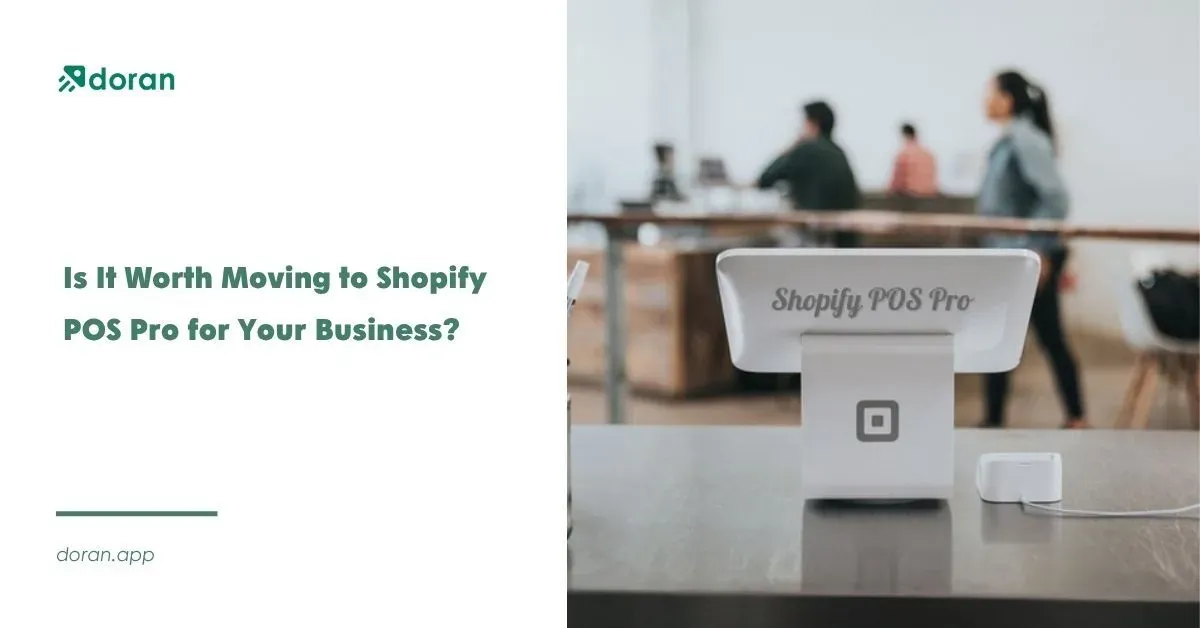How to Connect Alibaba to Shopify: Complete Setup Tutorial
- Why Connect Alibaba to Shopify?
- What You Need Before Getting Started
- Step-by-Step Guide on How to Connect Alibaba to Shopify
- Tools to connect Alibaba to Shopify
- Tips for Successful Alibaba-Shopify Integration
- Common Issues and How to Fix Them
- FAQs About Connecting Alibaba to Shopify
- Final Thoughts: Is Alibaba the Right Fit for Your Shopify Store?
How to connect Alibaba to Shopify without running into delays, product sync issues, or unreliable suppliers? If you're aiming to launch or scale a Shopify store with wholesale products, linking it to Alibaba can be a game-changer when done right. This guide breaks down the process step-by-step to help avoid costly mistakes. Are you ready to build a smoother, more profitable e-commerce setup? Let’s dive in!
Why Connect Alibaba to Shopify?
Looking to scale an online store? Connecting Alibaba to Shopify unlocks powerful tools to drive growth and efficiency. Below are key reasons why this integration matters:
Access to a Global Wholesale Marketplace
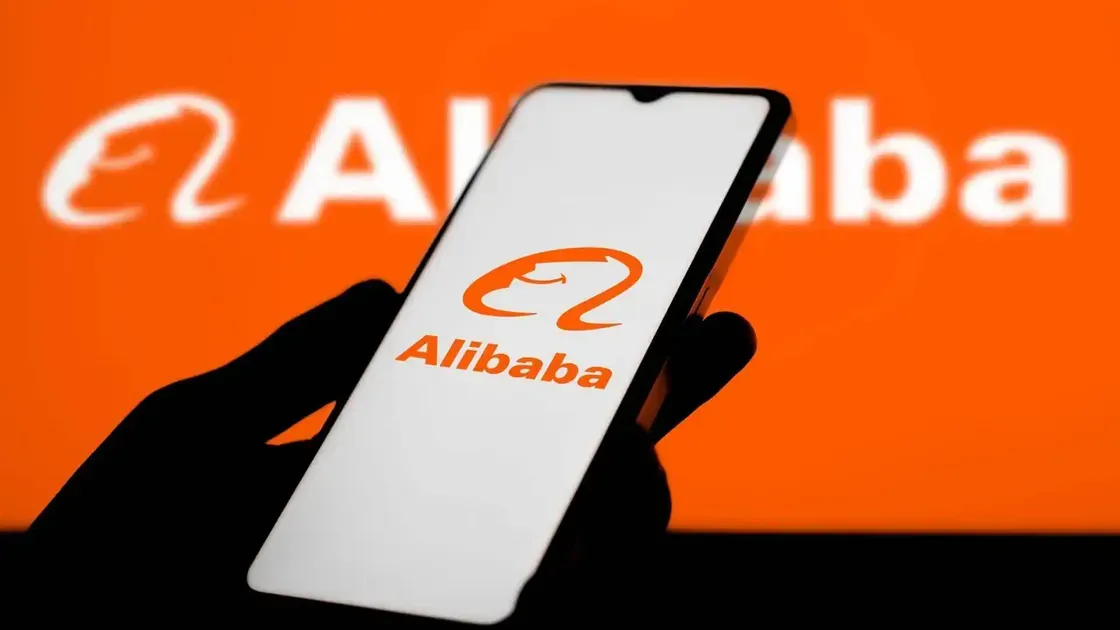
Connecting to Alibaba opens a gateway to millions of products sourced directly from manufacturers and wholesalers worldwide. It enables retailers to explore a vast assortment of categories, electronics, apparel, home goods, and source unique items not typically found on retail platforms. This global marketplace accelerates niche discovery and fuels product differentiation for Shopify stores.
Dropshipping Made Simple
Alibaba’s dropshipping portal integrates directly with Shopify, allowing chosen items to be added to an “Import List,” customized, and published to a Shopify storefront effortlessly. When a customer places an order on Shopify, it can sync automatically to Alibaba, where fulfillment begins, eliminating manual order forwarding.
Inventory and Order Syncing
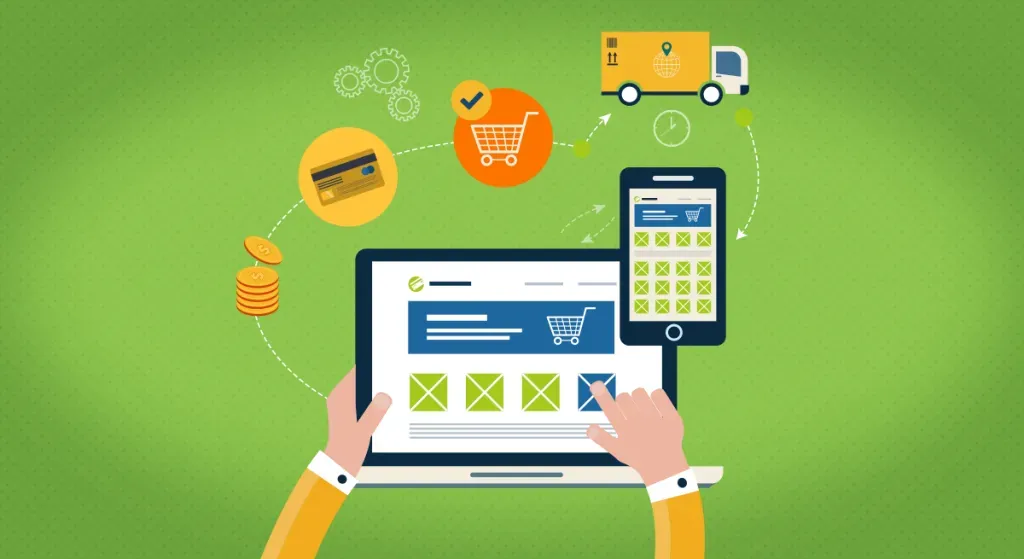
Linking Alibaba to Shopify helps automate inventory updates and order flows. Platforms like Syncee or AutoDS monitor stock levels and pricing on Alibaba, syncing with Shopify to prevent sales of out‑of‑stock items and protect margins. This reduces errors, saves time, and avoids disappointing customers.
Competitive Pricing for Shopify Sellers
Direct access to manufacturers lowers product costs. Wholesale pricing on Alibaba lets merchants set attractive retail prices while maintaining strong margins. Many suppliers offer Trade Assurance, adding payment protection and quality guarantees.
What You Need Before Getting Started
Make sure everything is in place to connect Alibaba to Shopify without issues. Below are the essentials that ensure a strong start:
Alibaba account set up: Register on Alibaba Dropshipping Center and verify credentials to access sourcing tools and supplier details.
Shopify store ready: Have a functioning Shopify store with admin access; plan themes, payment methods, and shipping rules.
Integration method chosen: Decide between the Alibaba Dropshipping Center or third‑party apps (like AutoDS, Importify, or Syncee) for product import, syncing, and automation.
Step-by-Step Guide on How to Connect Alibaba to Shopify
How to connect your Shopify store to Alibaba? The process is straightforward with the right tools. This guide breaks down each step to help launch a successful store using CJdropshipping or any Alibaba-integrated app.
Step 1: Set Up a Shopify Store

Start by creating a Shopify account. Visit shopify.com to register and access a free trial.
Once registered, set up your store details, add a name, select a theme, and set up your payment options.
Make sure your dashboard is ready before moving to the integration stage. A functioning Shopify store is essential to install any dropshipping app.
Step 2: Install a Dropshipping App
Go to your Shopify admin panel. Navigate to Apps > Shopify App Store. Use the search bar to type “dropshipping.”
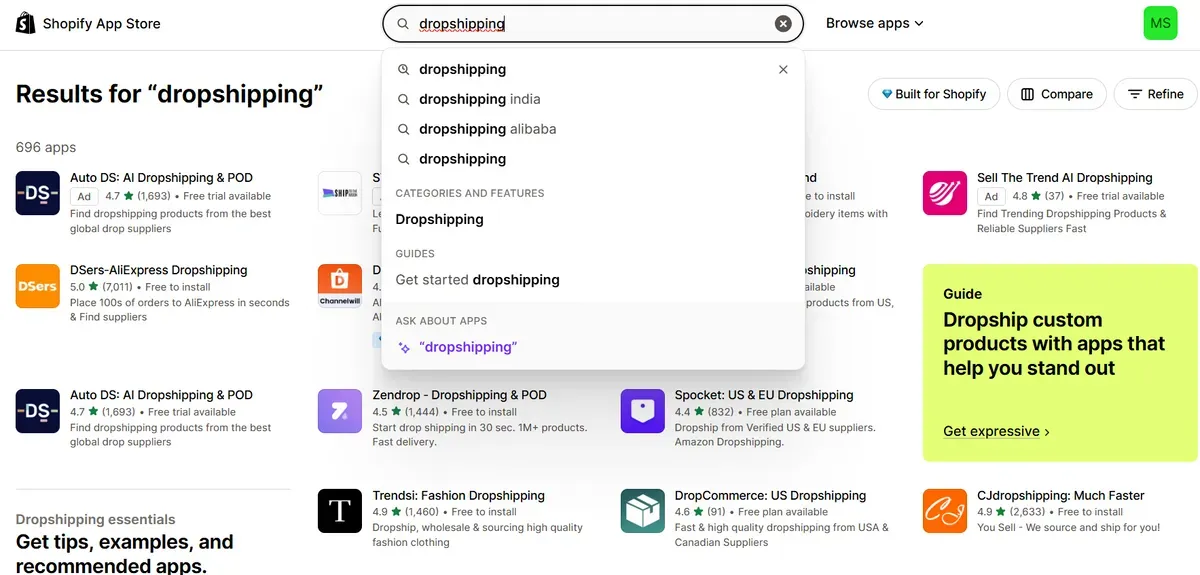
Browse the available apps that support Alibaba product sourcing. Options include:
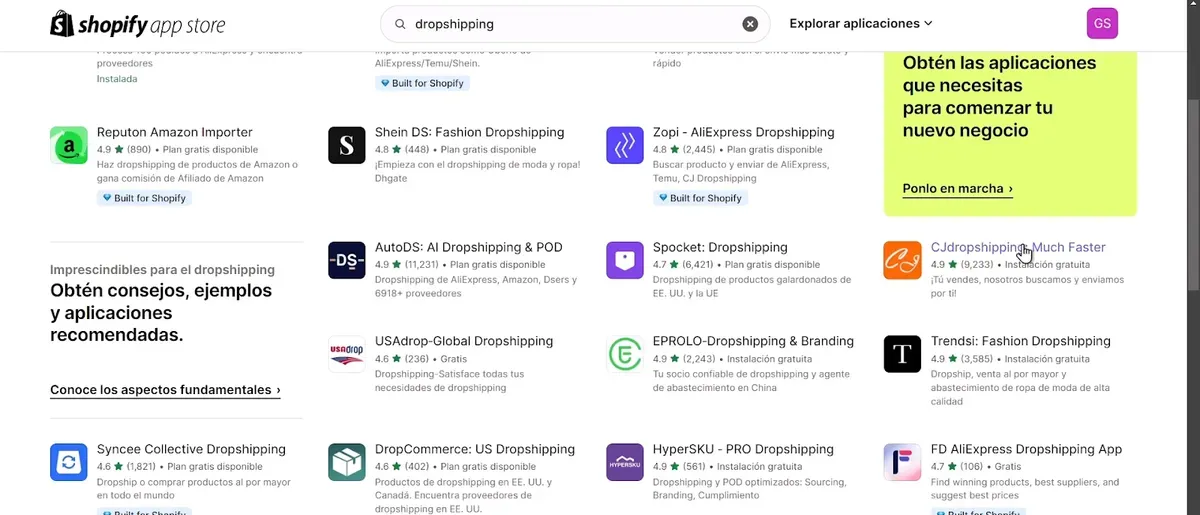
For this guide, CJdropshipping is used due to its speed and direct Alibaba product support.
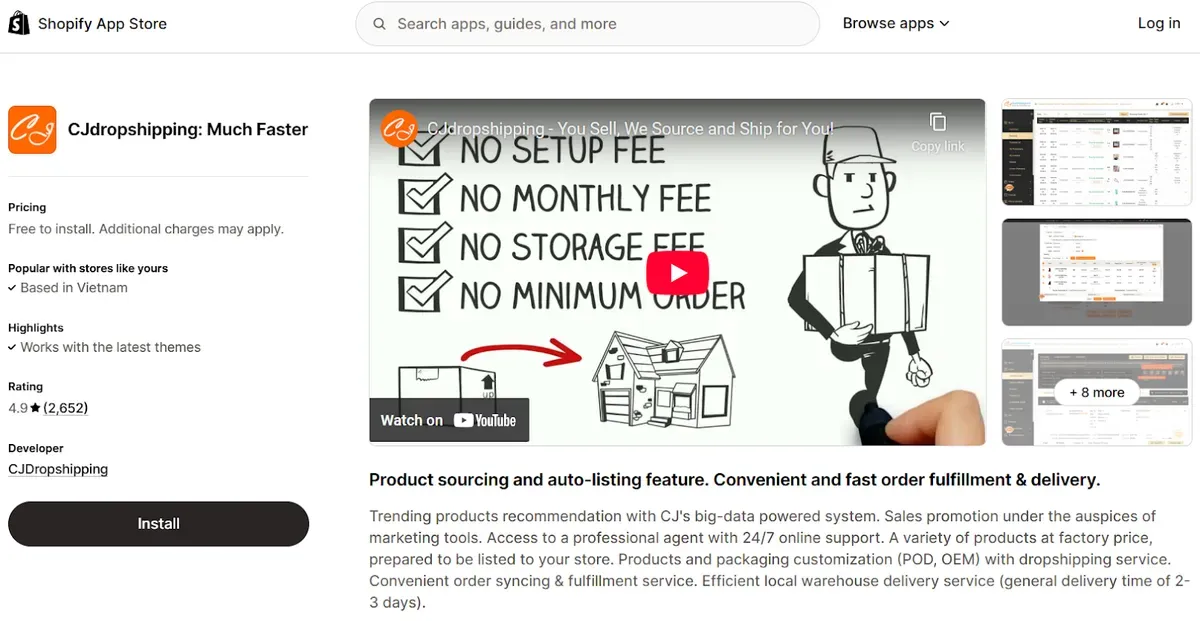
Click Install next to your chosen app and follow the prompts.
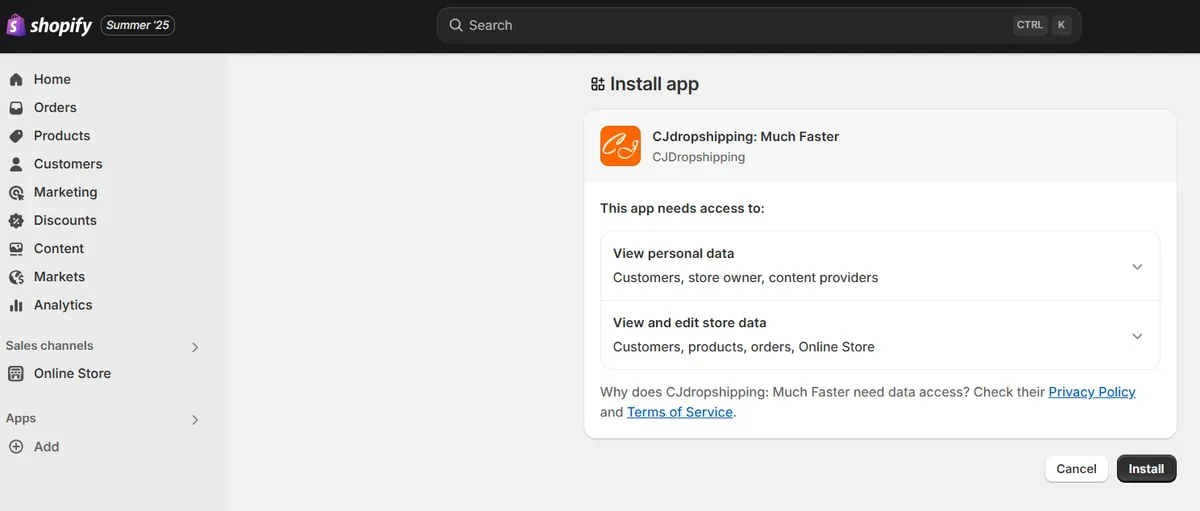
Step 3: Authorize and Link Your Shopify Store
Once the app is installed, you will be redirected to its dashboard. Sign up for a new account or access your existing one by logging in.
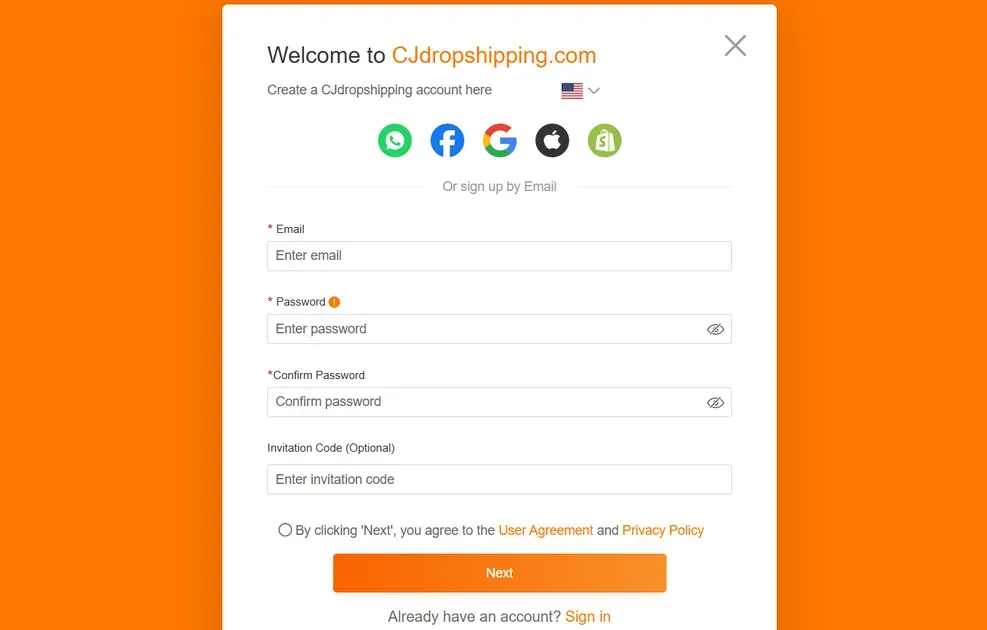
Click Connect Your Store > Shopify.

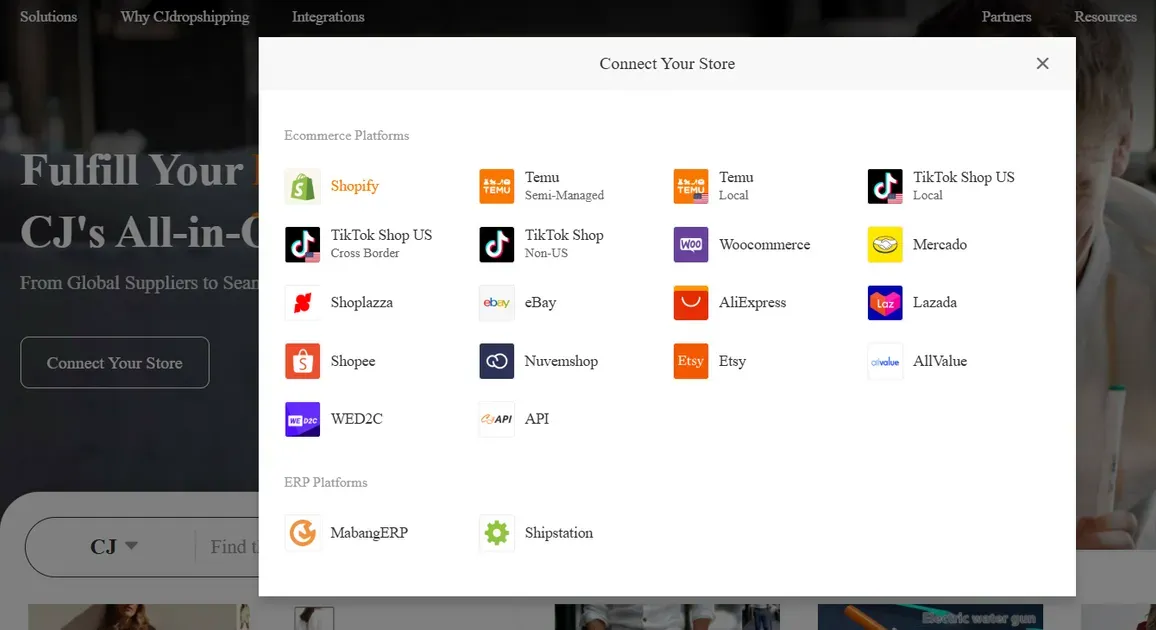
Click Authorize.
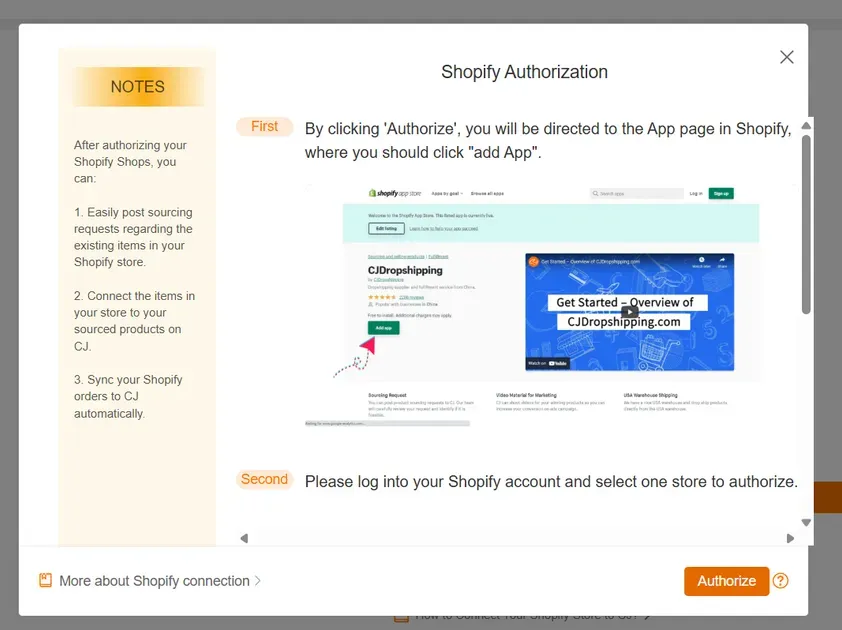
You will be directed to CJdropshipping again, so repeat the steps to open the app. Click Authorize again.
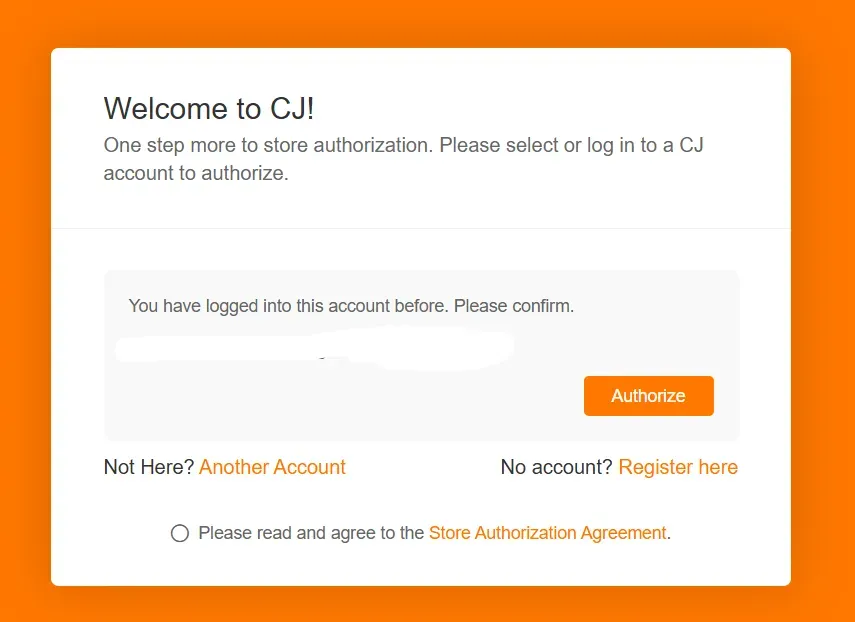
You will be directed to CJdropshipping again, so repeat the steps to open the app. Then, click Authorize to complete the process.
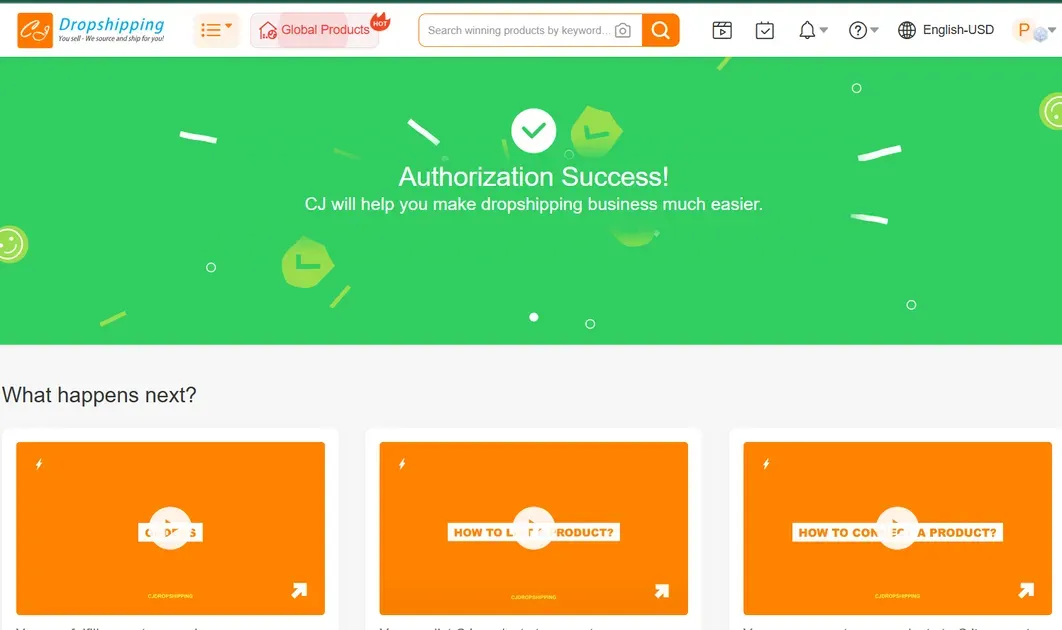
This links the app to your store, allowing product imports and order syncing. Once linked, a success message will confirm the authorization.
Step 4: Search and Import Products from Alibaba
Head back to CJdropshipping’s dashboard. Click the logo and go to Trending Products. Use the search bar to find products in your niche.
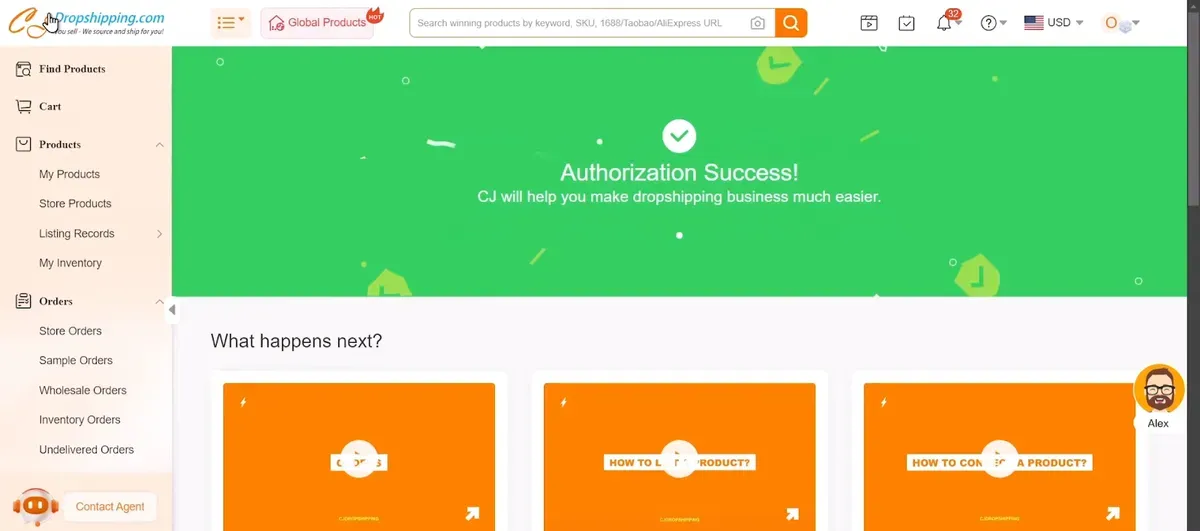
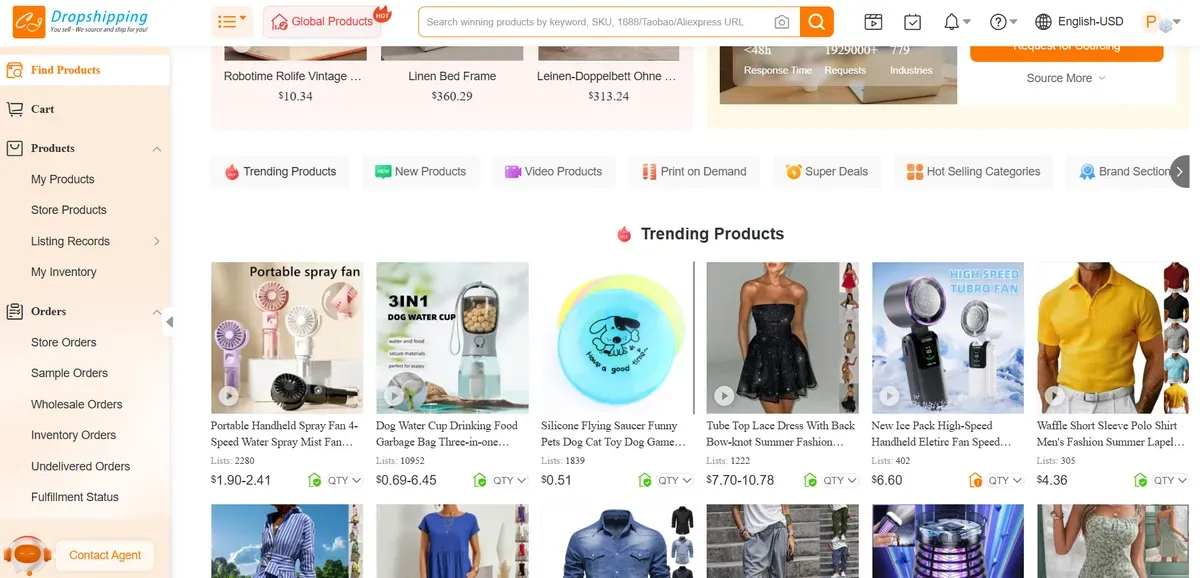
Click Add to My Products next to any product you like. It’s best to stay focused on one niche to maintain a consistent brand identity.
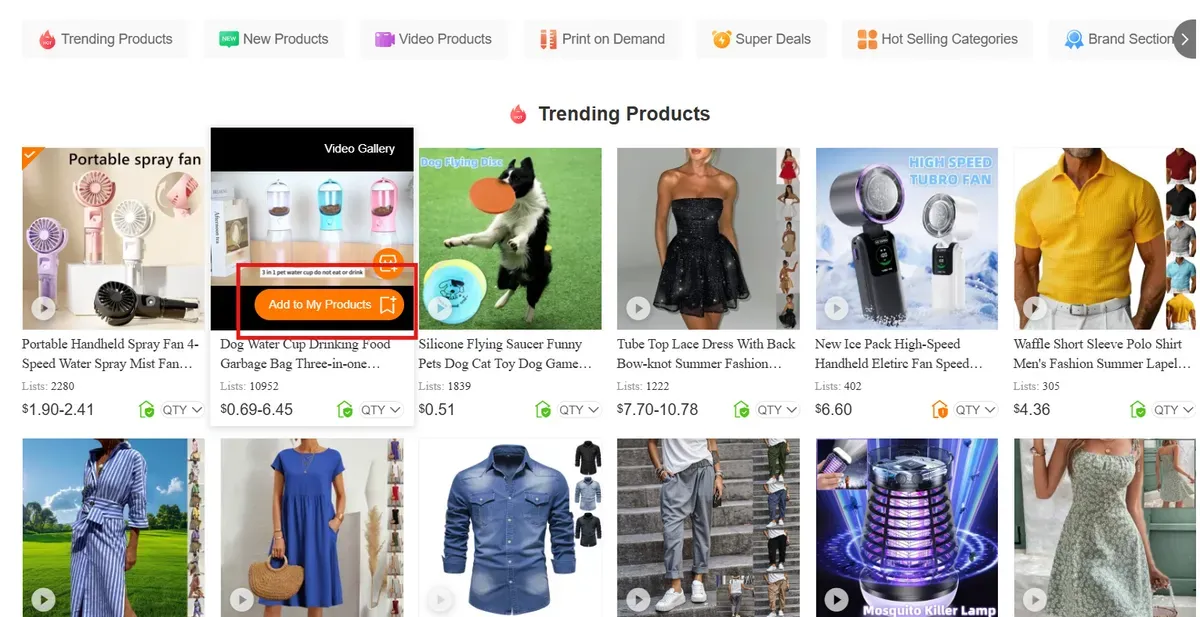
Once added, go to My Products, select the items, and choose Manual Listing.
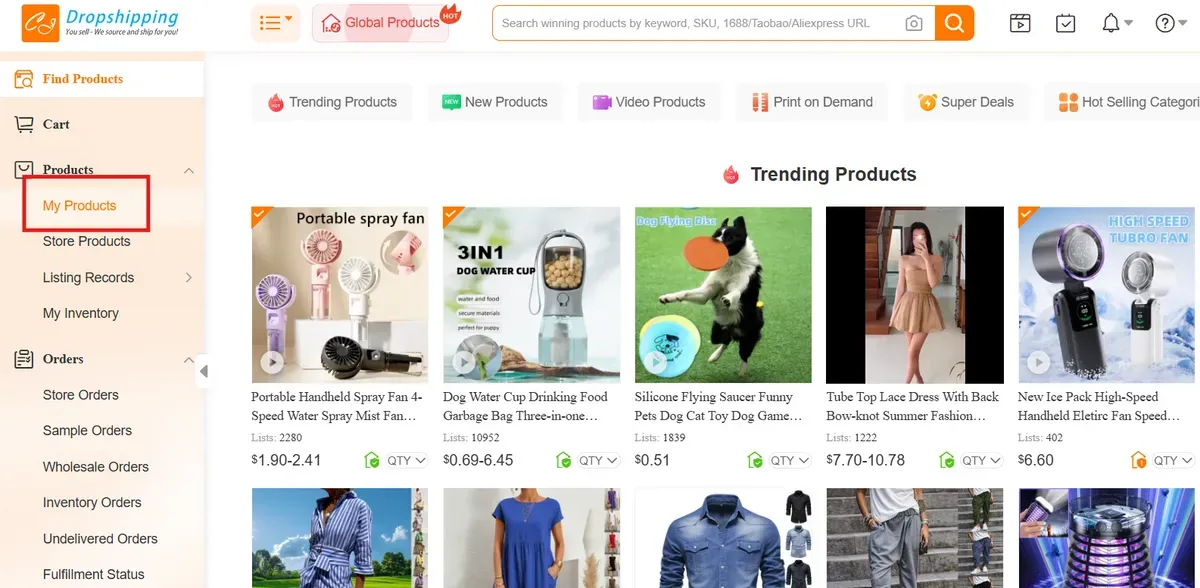
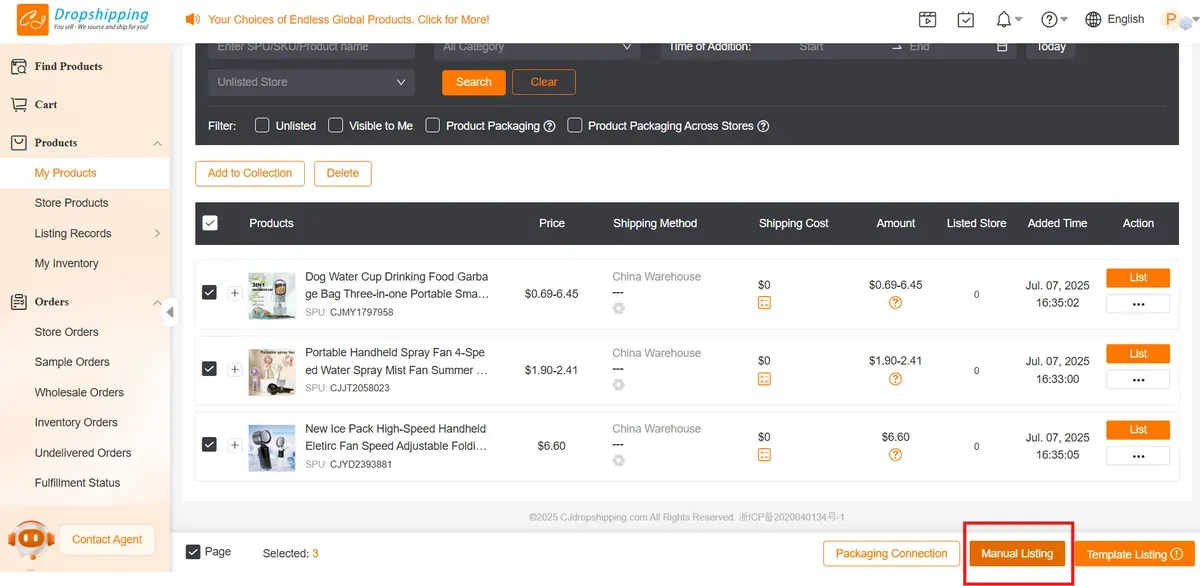
Pick your Shopify store and adjust price settings. Click Confirm to import products to your Shopify store. Items should be transferred directly to your Shopify account without manual steps.
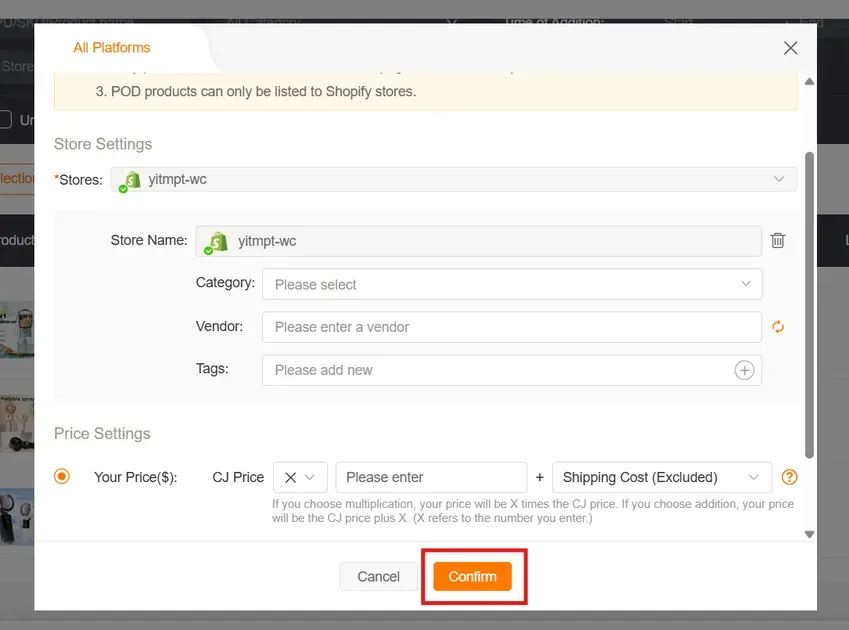
Step 5: Review Product Listings in Shopify
Return to Shopify and click Products. You should now see your imported items.
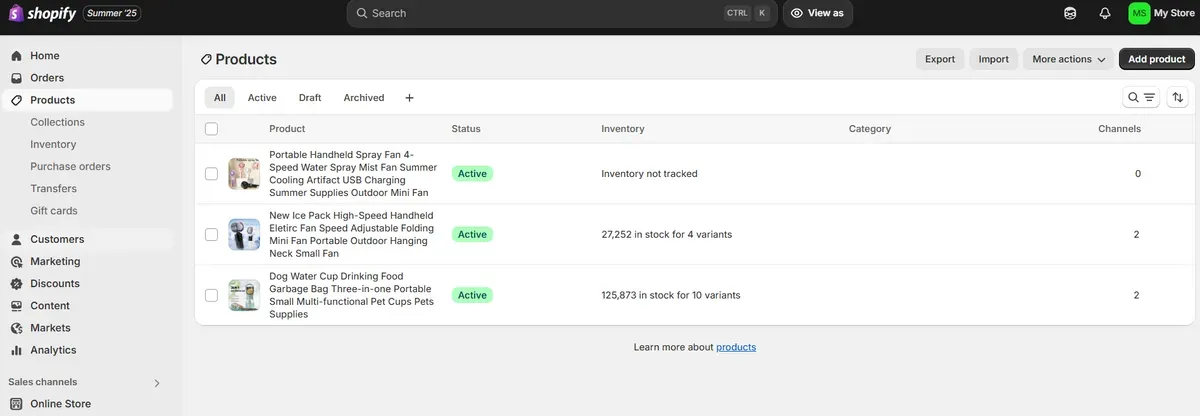
Open any product to check details like title, images, price, and description.
Select Preview to view how the product will look on your store. Make sure all the information looks polished and matches your store’s branding.
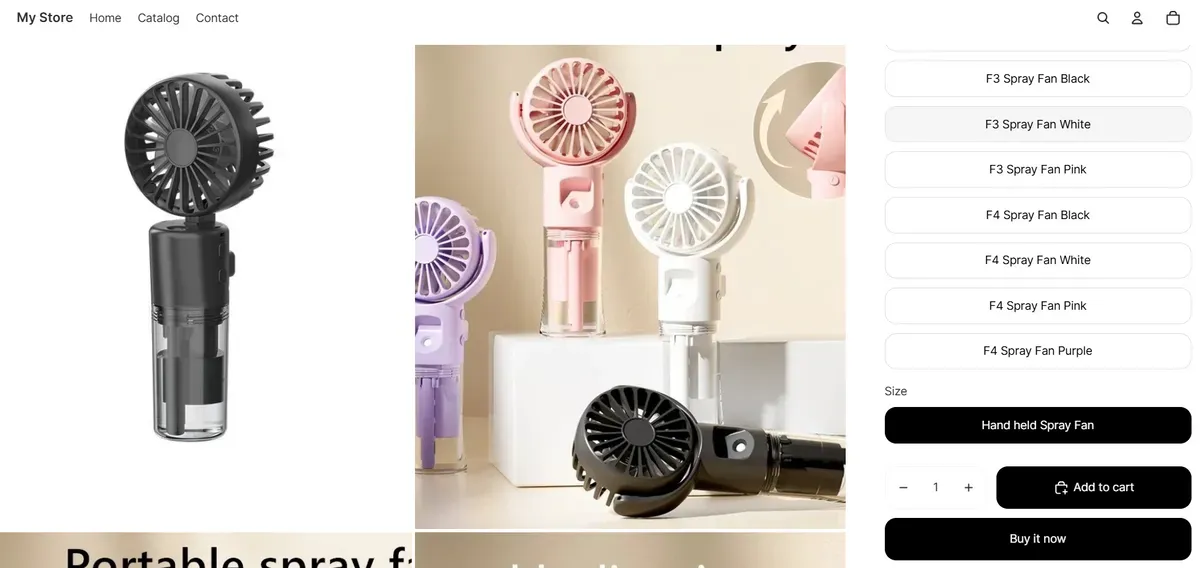

Step 6: Set Up Order Fulfillment
As soon as a customer completes a purchase, the order updates in your dropshipping app.
Go to Orders > Store Orders in CJdropshipping to view and manage orders.
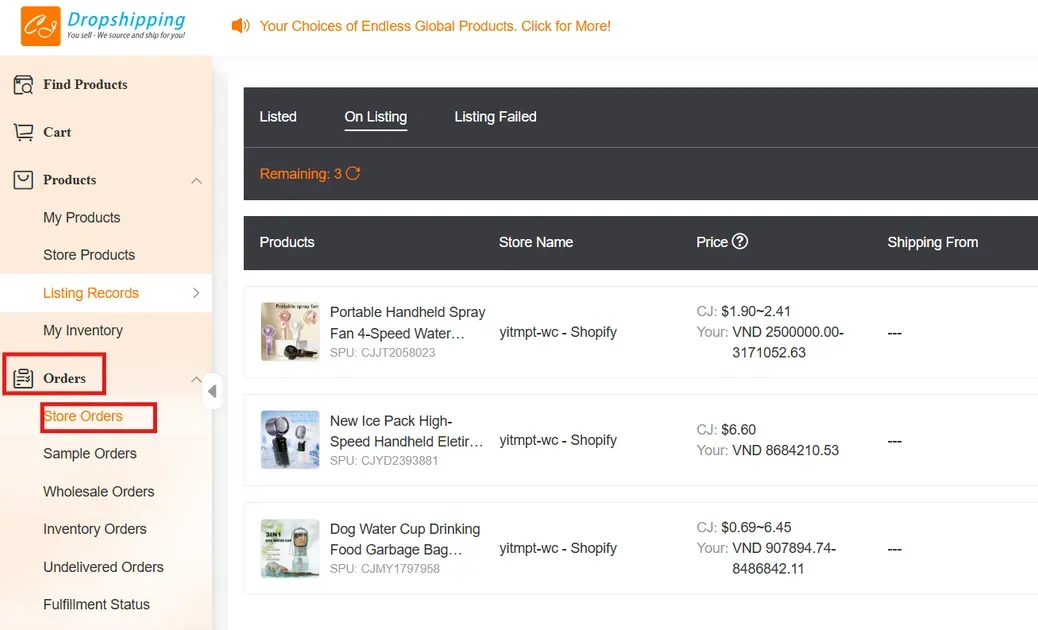
You can track order status, confirm payments, and ensure shipping is handled correctly. If orders don’t appear, use the “Add to Orders Picking” feature to sync them manually.
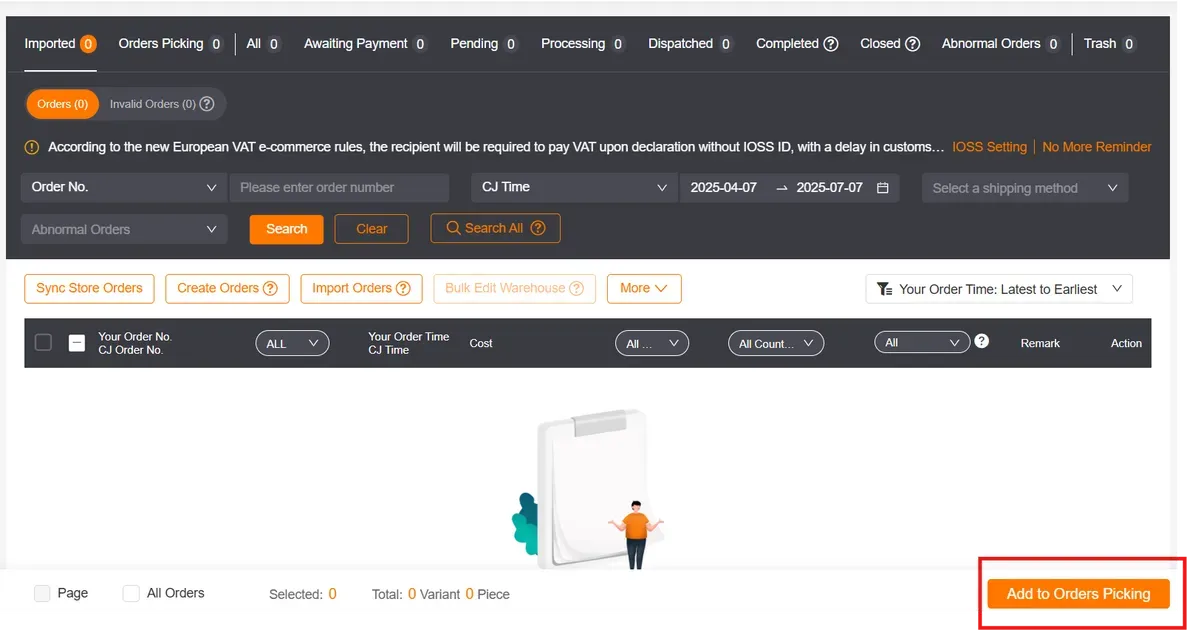
Step 7: Test and Optimize
Before launching fully, order samples to check product quality. Confirm shipping speed and packaging quality. Update your return policy and make sure customer communication is clear and timely.
Consider adding apps for order tracking, automated reviews, or customer support. These tools help create a better shopping experience.
Tools to connect Alibaba to Shopify
Choosing the right tool sets the stage for a smooth Alibaba–Shopify integration. Reliable apps speed up importing, automate fulfillment, and manage inventory. Here are three top options for a successful connection:
#1. Importify
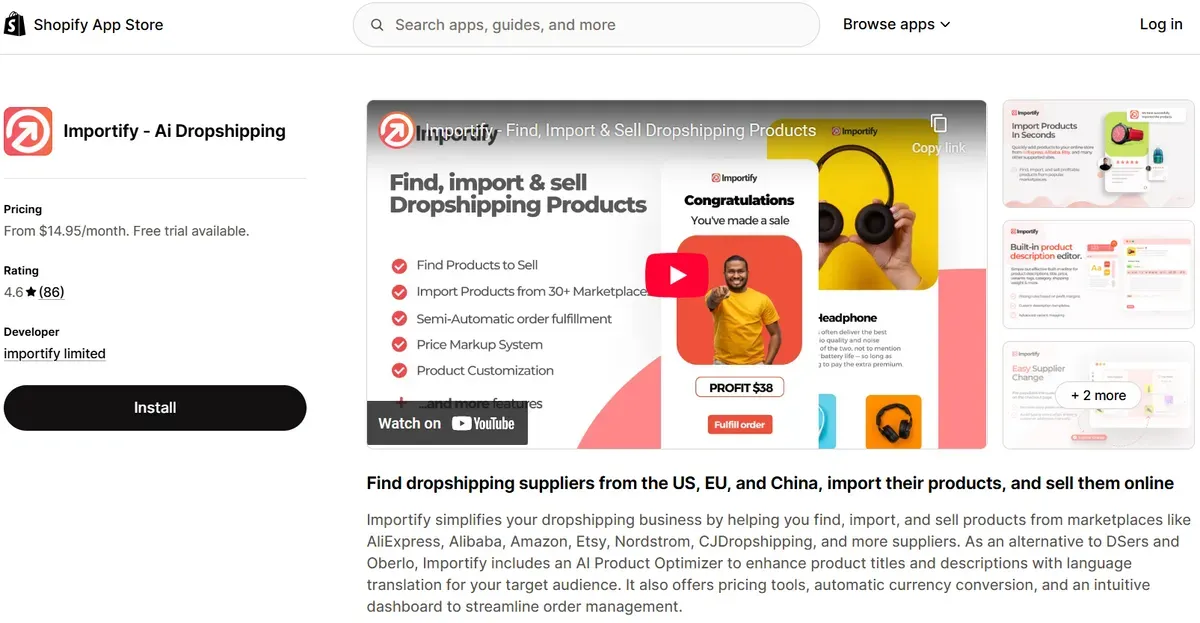
Importify is a cost-effective import tool that works well for entrepreneurs launching single Shopify stores. The app supports importing products from Alibaba, AliExpress, Etsy, and more marketplaces in seconds. It also allows listing transfer between stores. The app edits product details directly for theme compatibility. One-click fulfillment saves time.
Key Features
Import products directly from Alibaba, Etsy, AliExpress, etc.
Migrate listings across Shopify stores
Theme compatibility across various Shopify stores
One-click order fulfillment
Pricing
Basic Plan: $14.95/month
Premium Plan: $27.95/month
Gold Plan: $37.95/month
1‑day free trial
#2. Dropified
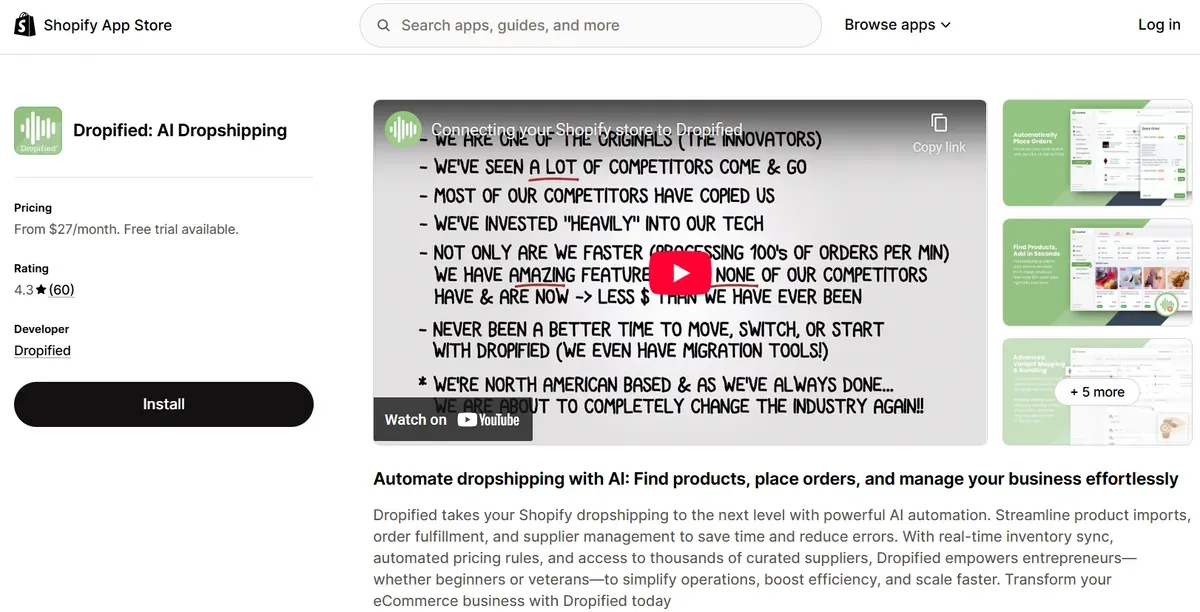
Dropified fits those running multiple dropshipping stores. It offers one-click product importing and automated order fulfillment. The tool includes smart list management and analytics to help track profit margins effectively. Handling multiple orders at once improves efficiency as demand grows.
Key Features
One-click imports from Alibaba, AliExpress, eBay
Listing customization and editing tools
Profit margin analytics
Bulk order processing
Pricing
First Flight Plan: $27/month (1 store, up to 150 products)
Essentials Plan: $47/month (up to 3 stores, 5,000 products)
14-day free trial
#3. AutoDS
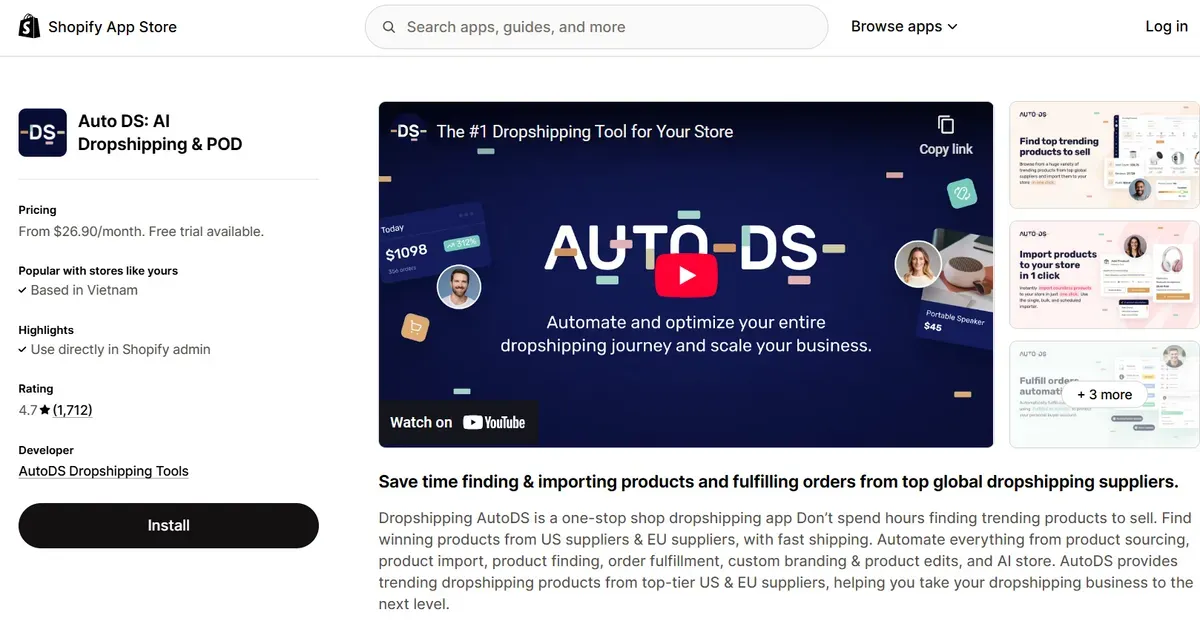
AutoDS is a full-suite dropshipping automation platform. It enables sourcing from Alibaba and other sites with a single click. The app monitors stock and pricing in real time. Its AI-based pricing optimization adjusts profit margins automatically. A built-in analytics dashboard tracks store performance.
Key Features:
Automated imports from Alibaba
Inventory and price tracking
AI-powered price optimization
24/7 customer support
Detailed analytics
Pricing:
Import 200: $26.90/month
Starter 500: $39.90/month
Advanced 1K: $66.90/month
Tips for Successful Alibaba-Shopify Integration
Integrating Alibaba with Shopify streamlines sourcing and fulfillment. Following best practices ensures quality, efficiency, and sustained growth. These tips support reliable operations and customer satisfaction:
Choose Trustworthy Suppliers
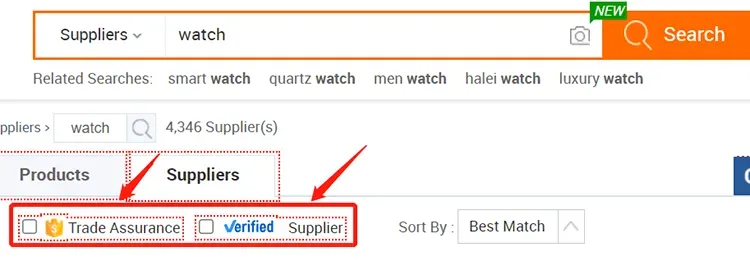
Start by vetting suppliers thoroughly. Analyze ratings, reviews, and fulfillment history. Focus on “Gold Supplier”, “Verified Supplier”, or “Trade Assurance” badges to verify legitimacy. Request product samples and evaluate quality yourself. These steps protect the store's reputation and avoid low‑quality items.
Communication helps build strong partnerships. Discuss customization, lead time, and packaging. Confirm minimum order quantity and shipping terms upfront. Regular contact keeps operations smooth and builds trust, essential for a reliable supply chain.
Optimize Product Listings for Visibility
Customization is key to standout listings. Start with strong titles. Include relevant keywords that match customer searches. Keep titles concise.
Next, craft compelling descriptions. Describe benefits clearly. Use bullet points for features. Avoid jargon. Easy‑to‑read content improves engagement. High‑quality images matter. Replace supplier photos with brand‑approved visuals. Ensure images are sharp and consistent with store style. Alt tags help SEO and accessibility. This boosts search rankings and clicks.
Monitor Stock Levels and Pricing Regularly
Alibaba suppliers may change inventory or pricing at any time. Such fluctuations can hurt store credibility. Automated syncing tools, like LitCommerce, AutoDS, or Syncee, help monitor and update listings to reflect real-time availability and cost.
Update Shopify listings immediately after changes. This prevents stockouts, keeps product-price consistency, and avoids upsetting customers with unexpected price hikes.
Streamline Order Fulfillment Through Automation
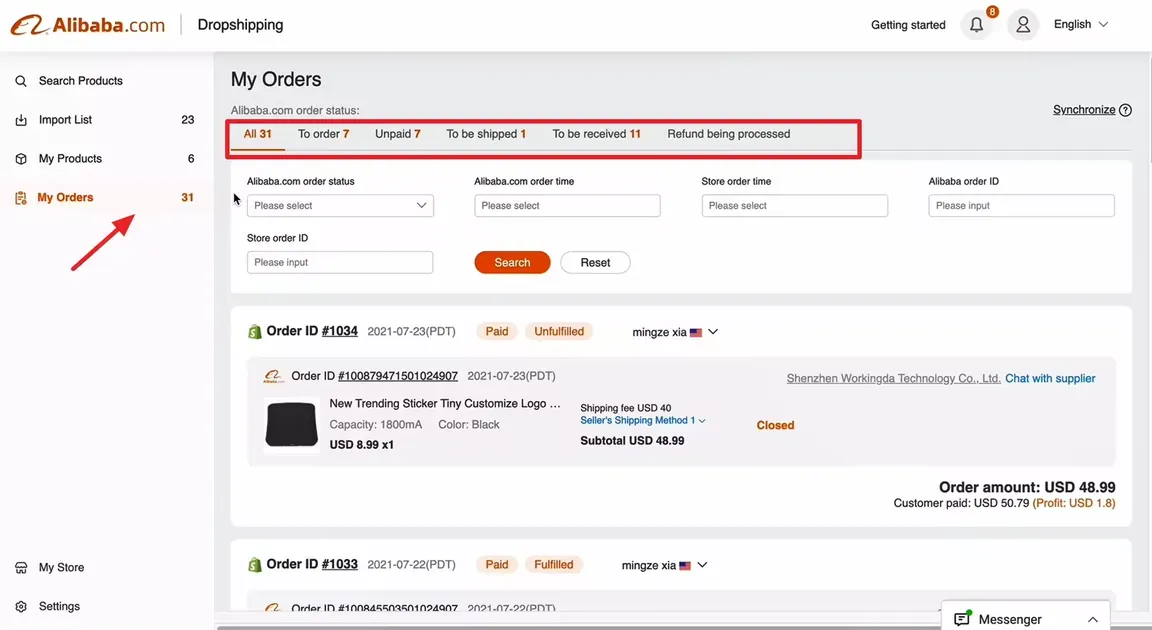
Automation improves speed and accuracy. Use the Dropshipman app or similar tools. Orders placed in Shopify sync directly to Alibaba. No manual entry needed. Suppliers get shipping information immediately. Customers receive tracking details faster. Automation removes friction, reduces errors, and improves customer satisfaction.
Deliver Outstanding Customer Support
Strong support fosters loyalty. Create clear return, refund, and warranty policies based on supplier terms. Post them within product pages and order confirmations.
Respond to customer inquiries within 24 hours. For complaints, acknowledge concerns and explain steps taken, including sample testing or supplier follow-up. Proactive communication during shipping delays builds trust. Personalized attention often leads to repeat purchases and positive reviews.
Track and Evaluate Business Performance
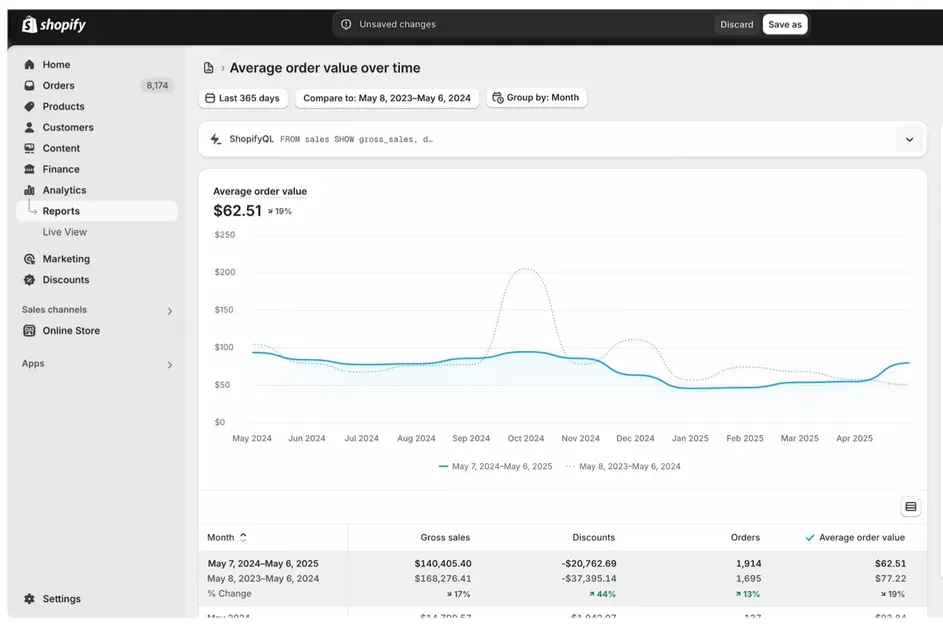
Data-driven decisions separate successful stores from ones that flounder. Regularly review Shopify reports to identify top-selling products and underperformers.
Analyze key metrics: conversion rate, AOV (average order value), return rate, and profit margin. This helps adjust pricing, marketing spend, or product focus. Use A/B testing on titles, prices, or images to optimize listings gradually. Monitoring trends reveals which items to scale and which to phase out.
Common Issues and How to Fix Them
Even with solid integration between Alibaba and Shopify, sellers can hit snags. Below are frequent challenges and reliable solutions to ensure smooth operations and customer satisfaction.
Shipping Delays and Customs Holdups
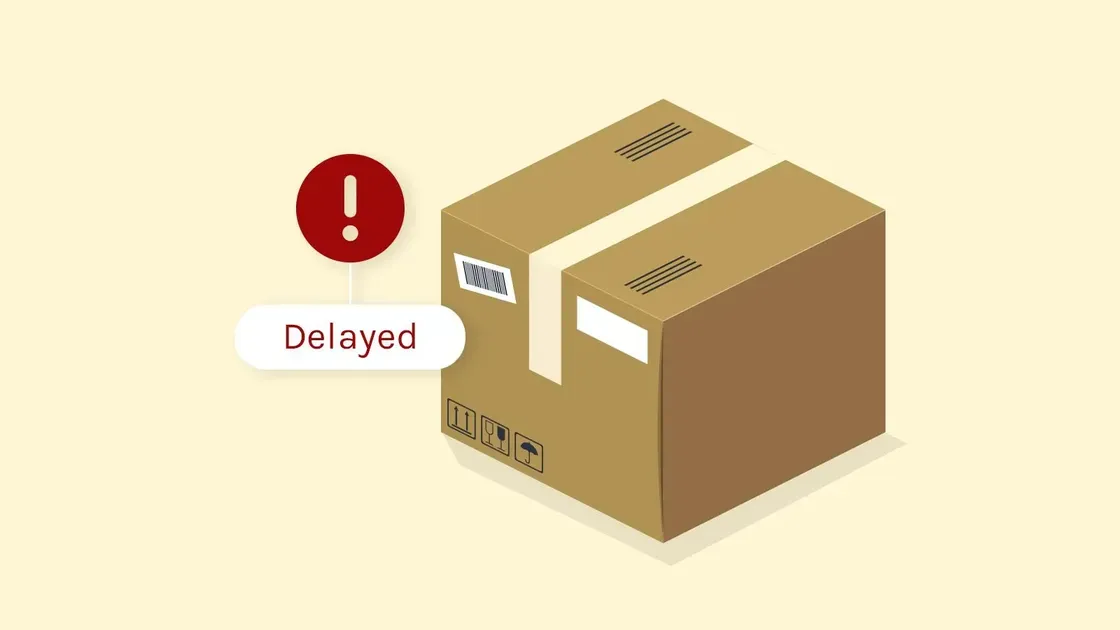
Cross-border shipping often faces logistical slowdowns. Packages may stall due to carrier backups or customs inspections. Many sellers report shelves stuck in ports for weeks.
Solutions:
- Choose reliable carriers or 3PLs with tracking and delivery guarantees.
Offer customers clear delivery estimates and real‑time tracking updates.
Include shipping insurance to safeguard items from loss or damage.
If customs hold items, supply complete documentation—commercial invoices, HS codes, to avoid delays.
Product Syncing Errors
Improper syncing of Alibaba with Shopify might cause stock inaccuracies, pricing problems, or lost product entries. These errors result in out‑of‑stock issues and lost sales. Sync glitches often stem from app bugs, missing API credentials, or misconfigured settings.
Fixes include:
Use proven apps with solid Alibaba‑Shopify integration, such as AutoDS or Importify.
Confirm all API keys and app permissions before syncing listings.
Schedule automatic sync intervals (e.g., hourly) for real‑time data updates.
Audit critical SKUs weekly to detect and fix inconsistencies early.
These steps reduce errors and keep listings accurate.
Pricing and Currency Conversion Issues

Automated pricing conversion can be tricky. Shopify calculates local prices by multiplying product prices by live exchange rates, adding fees, and applying rounding rules. Misconfigured code or custom theme settings may still cause price display errors.
How to solve:
Use Shopify’s Market settings to handle multi‑currency pricing.
Regularly check conversion rates and premium fee settings.
Implement manual price rules or adjust margins to cover conversion costs.
Test pricing scenarios in different currencies to ensure accuracy.
Proper setup maintains consistent pricing and avoids unexpected fees.
Communication With Suppliers
Poor supplier communication leads to misunderstandings, late shipments, and quality issues. Cultural differences and time zone gaps often magnify these challenges.
Best practices:
Define expectations clearly in writing: product specs, MOQ, packaging, shipping timelines.
Request regular updates and ask for photos or tracking info before shipment.
Use Trade Assurance on Alibaba to protect payments and delivery timelines.
Escalate delays at the five‑day mark through Alibaba’s dispute process. Be ready to provide your correspondence and screenshots.
FAQs About Connecting Alibaba to Shopify
Is Alibaba safe to use with Shopify for dropshipping?
Alibaba is generally safe for dropshipping when sellers vet suppliers properly. Trade Assurance, Gold Supplier status, and verified reviews help filter trustworthy partners.
Do I need a business license to sell Alibaba products on Shopify?
No license is required to start selling on Shopify. However, local laws may require a business license or permit depending on location and inventory type.
Can I customize products before selling them?
Yes. Most Alibaba manufacturers support product customization, and adding branding, logos, or custom packaging is common.
Is there a fee to use the Alibaba Shopify integration app?
Yes. Most integration apps (like AutoDS, Importify, or CJdropshipping) charge subscription fees that range from under $10 to around $50 per month, depending on the plan and features.
Can I use Alibaba for private label products on Shopify?
Absolutely. Alibaba lets sellers private‑label products by adding logos, custom packaging, and branding, making it ideal for white‑label businesses.
Final Thoughts: Is Alibaba the Right Fit for Your Shopify Store?
Alibaba can be a powerful source for affordable, customizable products, especially when paired with Shopify's e-commerce tools. Understanding how to connect Alibaba to Shopify helps streamline sourcing, automation, and fulfillment. With the right apps, reliable suppliers, and clear processes, this integration supports long-term growth, better margins, and a scalable business model for dropshipping success.

Hey! I'm Linda Bui. Join me as we explore tips and tutorials about Shopify apps and Shopify themes for your Shopify store.
Start Building Trust Today
Install the Product Reviews app to improve your store's credibility and boost sales with real customer reviews.
Get Started with Zero CostWhat to not miss out on our blog
Gain insightful knowledge and invaluable experiences from dedicated experts.
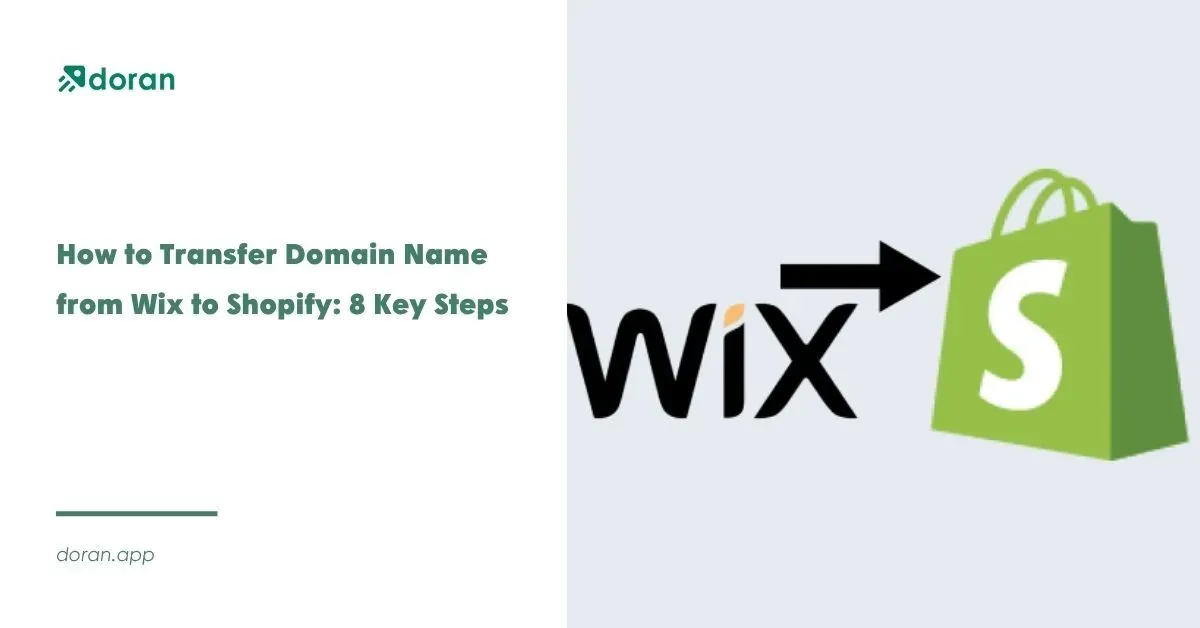
How to Transfer Domain Name from Wix to Shopify: 8 Key Steps
Discover the easiest way to transfer domain name from Wix to Shopify without losing traffic or rankings. Follow the steps carefully. Take action today!

Newsletter
Get all the stories you need-to-know from the most powerful name in news delivered first thing every morning to your inbox
